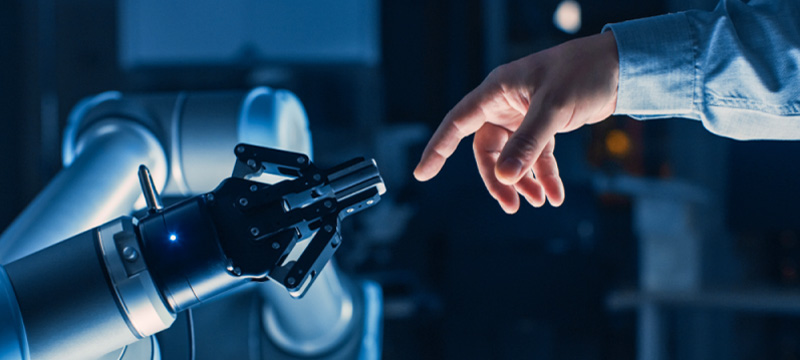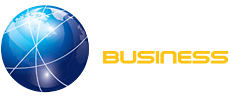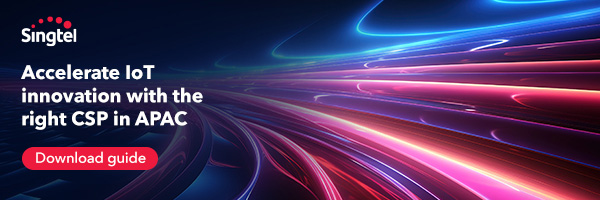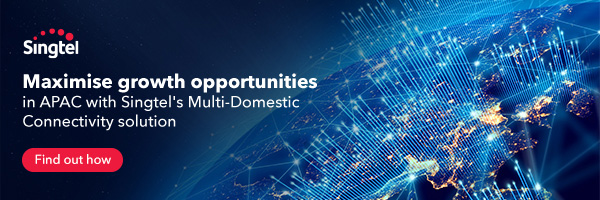
In the current era of radical and accelerated technological advancements, the Internet of Things (IoT) is an undeniably transformative force, notably within the area of consumer electronics. With a value of nearly $1.2 trillion by 2028, according to Statista, this global industry is the pulsing heart of an ongoing technological revolution. IoT plays a pivotal role in this dynamic industry and the changes it creates in human lives and daily experiences.
Examining the Consumer Electronics Landscape
Today’s consumer electronics landscape is vast and diverse, encompassing sectors such as TV, Radio & Multimedia, Telephony, Computing, Gaming Equipment, and Drones. Each is experiencing a dynamic transformation to meet continuously growing and shifting consumer tastes and demands. Thanks to the global surge in smartphone sales, the Telephony segment claims the lion’s share of the market. Interestingly, the smallest segment, Drones, reveals the significant disparity in size across the market’s many segments.
Impacting the Consumer Electronics Market through IoT
At the forefront of the industry’s growth is IoT. This branch of technology has crept into every facet of consumer electronics, becoming an integral part of our daily lives. According to Market Research Future, the consumer electronics segment within the IoT market will balloon to an impressive $172 billion by 2030. This remarkable growth will likely result from increased disposable incomes, a growing demand for luxury and convenience to enhance lifestyles, and the widespread adoption of voice assistants and other smart home technologies.
Revolution Robotics: A Case Study in Democratizing Robotics Education
Among the many applications of IoT in consumer electronics, a case in point is the work of Revolution Robotics, a U.S. tech startup. This forward-thinking enterprise sought to democratize robotics education by creating an affordable yet fully functional programmable robot kit. To actualize their vision, they collaborated with Softeq to create an electronic kit that empowered children to assemble, program, and remotely control robots using a smartphone.
The kit included an open-source hardware design, more than 530 plastic parts, a library of 3D printable parts, and firmware. However, the journey to create this pioneering solution was not without challenges.
Smartphone-Controlled Robots: The Power of IoT and Custom Firmware
The crux of Revolution Robotics’ solution was the smartphone-controlled operation of the robots. This smartphone-driven interface was possible because of innovative firmware solutions that enable smartphones to program the robot’s logic and command its actions. The robot’s construction involves linking the robot’s central processing unit to a smartphone using BLE technology and affixing an array of sensors, motors, and assorted plastic components to the robot’s framework. Users can then program the robot’s logic, executing a preprogrammed algorithm or following commands from the smartphone.
The firmware, developed by Softeq, served as the conduit between the smartphone and the robot. This custom firmware facilitated the integration of intricate sensors and motors, and its design fostered scalability, enabling the on-demand addition and programming of extra features.
Maintaining Affordability While Maximizing Functionality
The goal of affordability was a cornerstone of this project. Maintaining cost-effectiveness was not just a goal; it was a central requirement. Through careful planning and iterative development, Softeq optimized the costs of the various plastic parts and electronics without compromising the robot’s functionality.
This collaboration resulted in a groundbreaking product: an affordable, programmable robot kit with the same functionality as its pricier counterparts. It was a shining testament to the potential of IoT, demonstrating how this technology could transform the educational sector by making learning experiences more engaging and interactive without limiting access through prohibitive pricing.
Harnessing Data and AI in IoT
When it comes to IoT, the significant volume of data generated by connected devices is both a challenge and an opportunity. When harnessed correctly using AI and Machine Learning, this data can yield valuable insights, leading to more informed decision-making and increased innovation. Companies are already leveraging this to fine-tune their product performance, anticipate user needs, and troubleshoot issues even before they occur. Therefore, IoT isn’t just about connectivity; it’s about making intelligent use of the data connectivity generates. For businesses, understanding the relationship between IoT, AI, and data analytics is key to realizing their full potential.
Enhancing Customer Experience through IoT
IoT transforms the consumer electronics landscape by offering a degree of personalization and interactivity that was previously inconceivable. Connected devices now adapt to user behaviors, offering custom experiences that enhance user satisfaction. For instance, smart TVs curate content based on viewing habits, and IoT-enabled thermostats learn from daily routines to optimize home temperature settings. This focus on user-centric design, powered by IoT, significantly enhances customer experience and is an area decision-makers should not overlook while planning IoT integrations.
Market Dynamics and the Future of IoT
Though IoT continues to revolutionize the consumer electronics industry, challenges persist. IoT security concerns, the lack of standardization, and increasing data privacy risks present potential impediments to growth. However, with market opportunities such as government support for IoT research and development, improvements in 5G connectivity, and the inevitable digitalization of numerous consumer applications, the future of IoT in consumer electronics appears promising.
The transformative power of IoT is undeniable. Its potential to create interconnected ecosystems of devices, enabling enhanced convenience and usability for consumers, is driving the industry forward. IoT redefines the consumer electronics landscape with technological advancements, shifting consumer preferences, and increased connectivity. As the industry continues leveraging IoT for growth and innovation, the future promises opportunities we can scarcely imagine.







